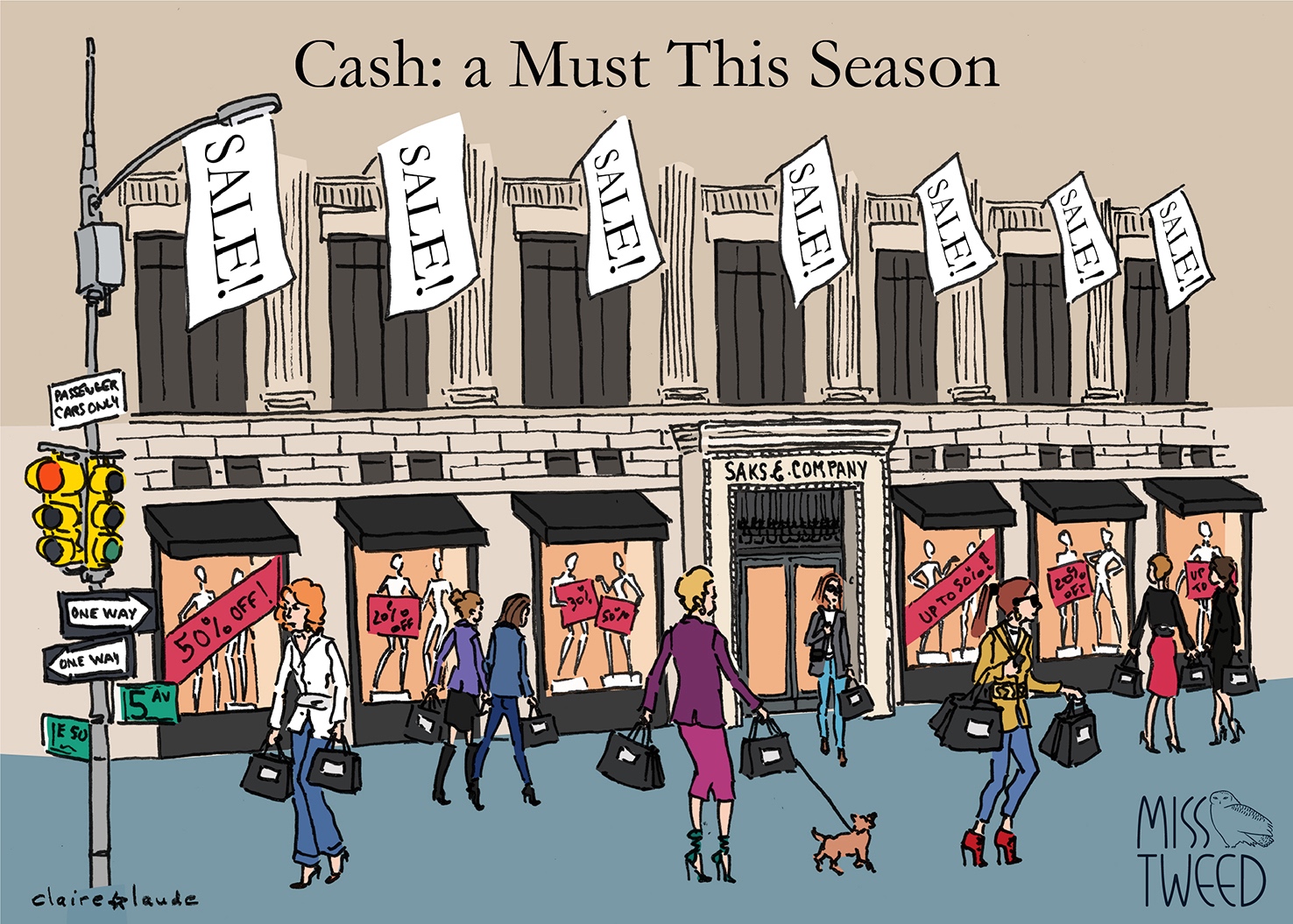Financial Implications of the Saks-Neiman Marcus Deal: Saks Buying Neiman Marcus

Saks buying neiman marcus – The acquisition of Neiman Marcus by Saks Incorporated has significant financial implications that will shape the combined company’s future. This analysis delves into the financial terms of the deal, explores potential synergies and cost-saving opportunities, and evaluates the impact on the combined company’s profitability and market valuation.
Acquisition Terms, Saks buying neiman marcus
The acquisition was valued at approximately $2.2 billion, with Saks paying $1.9 billion in cash and issuing 72 million shares of its common stock to Neiman Marcus shareholders. The transaction was structured as a stock-for-stock merger, with Neiman Marcus shareholders receiving 0.74 shares of Saks stock for each share of Neiman Marcus stock they owned.
Potential Synergies and Cost Savings
The combination of Saks and Neiman Marcus creates a formidable luxury retailer with a complementary portfolio of brands and a wider geographic reach. The combined company is expected to generate significant synergies and cost savings through:
- Optimized inventory management: The combined company can leverage its larger scale to negotiate better terms with suppliers and optimize inventory levels, reducing costs and improving efficiency.
- Streamlined operations: By consolidating back-office functions, such as finance, IT, and distribution, the combined company can eliminate redundancies and streamline operations, resulting in cost savings.
- Enhanced marketing and advertising: The combined company can leverage its larger customer base and combined marketing resources to achieve greater efficiency and reach a wider audience, reducing marketing costs.
Impact on Profitability and Market Valuation
The acquisition is expected to have a positive impact on the combined company’s profitability and market valuation. By combining the strengths of both companies, the combined entity will be better positioned to compete in the highly competitive luxury retail market.
The synergies and cost savings generated by the deal are expected to improve the combined company’s operating margins and increase its profitability. Additionally, the increased scale and enhanced brand portfolio is likely to attract new customers and drive sales growth.
As a result, the market valuation of the combined company is expected to increase, reflecting the enhanced growth prospects and improved financial performance.
In the realm of retail, Saks Fifth Avenue’s acquisition of Neiman Marcus marked a seismic shift. Yet, amidst the corporate machinations, a chilling mystery unfolded far across the Atlantic. Jay Slater, a British businessman, vanished without a trace on the sun-drenched shores of Tenerife.
As the world grapples with his disappearance, the once-bustling streets of Saks Fifth Avenue seem to echo with an eerie silence, a poignant reminder of the ephemeral nature of both life and fortune.
Saks recently acquired the prestigious Neiman Marcus, expanding its reach into the world of luxury retail. This acquisition brought together two iconic brands, further solidifying Saks’ position as a leader in the industry. Notably, Neiman Marcus’ San Francisco location boasts a prime location in the heart of the city’s vibrant shopping district, offering an unparalleled experience for discerning shoppers.
As Saks integrates Neiman Marcus into its portfolio, it will undoubtedly continue to elevate the retail landscape.